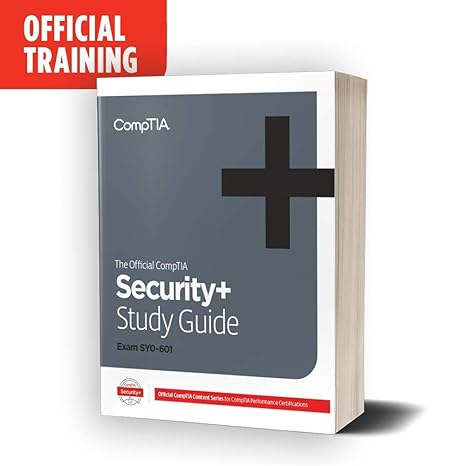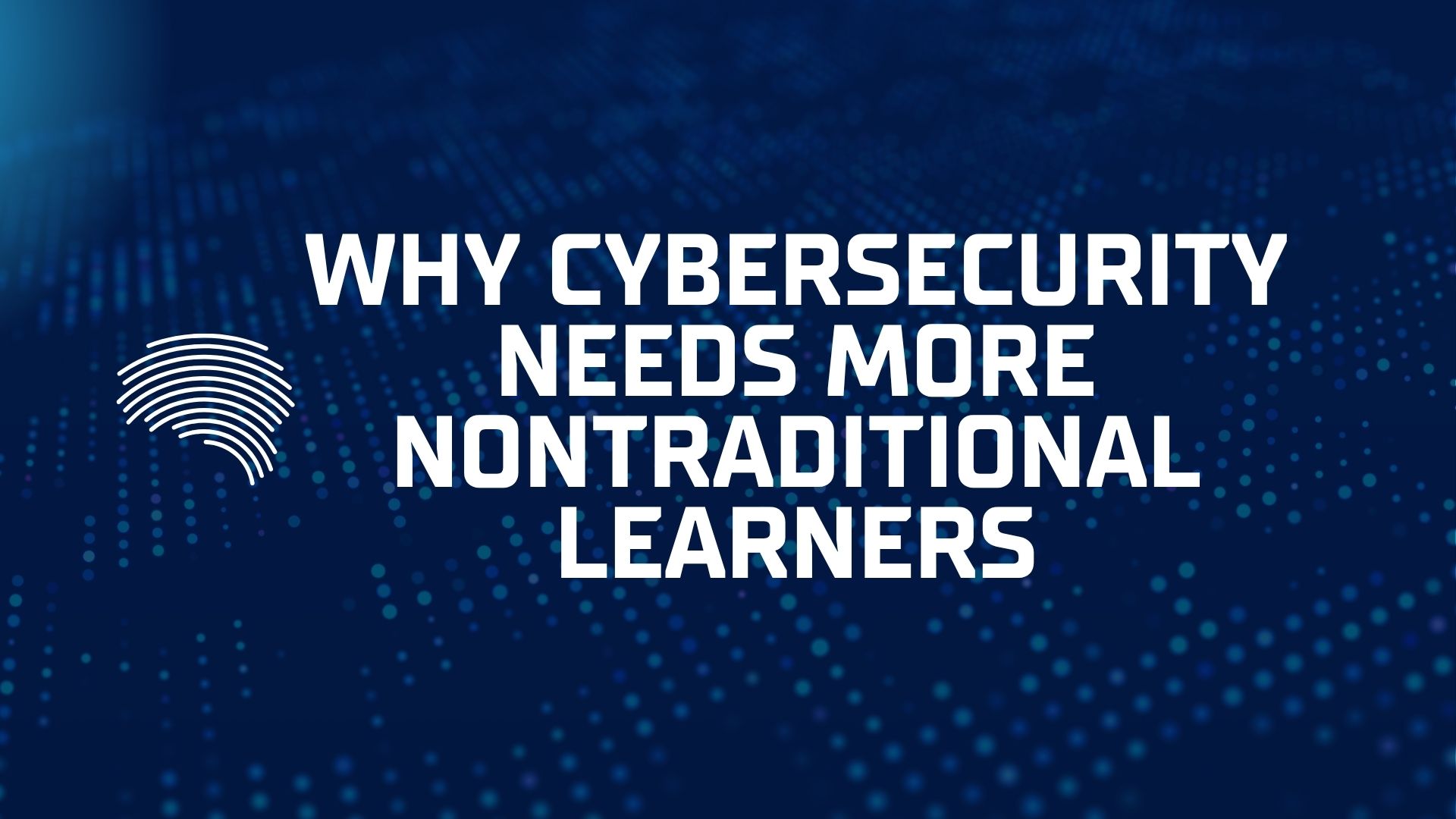How to Build a Cybersecurity Portfolio as a Student
In a field as competitive and fast-evolving as cybersecurity, certifications and degrees are important, but they’re not enough on their own. Hiring managers want proof of practical skills, creativity, and initiative. A strong cybersecurity portfolio provides exactly that.
For students and early professionals, building a cybersecurity portfolio can set them apart by demonstrating hands-on experience, problem-solving abilities, and a commitment to growth. Here’s how to create one effectively.
What Is a Cybersecurity Portfolio?
A cybersecurity portfolio is a collection of personal projects, documentation, and professional development that showcases a student’s capabilities. It allows employers, recruiters, and mentors to see real-world evidence of learning and technical ability.
Unlike traditional resumes, a portfolio can visually and interactively demonstrate what a candidate can actually do, not just what they’ve studied.
Why It Matters
Cybersecurity is a skill-driven field. Employers want to know that a candidate can configure firewalls, detect vulnerabilities, write scripts, or analyze incidents, not just that they passed a course. A portfolio provides this proof in a tangible, personalized format.
It also helps students:
-
Prepare for interviews
-
Reflect on learning progress
-
Stand out in internship applications
-
Highlight niche interests or areas of specialization
What to Include in a Student Portfolio
-
Home Lab Projects
Set up and document personal labs using virtual machines, Linux, Wireshark, or security-focused distributions like Kali Linux. Create small projects around:-
Network configuration and traffic monitoring
-
Simulated penetration tests
-
Vulnerability scans
-
Reverse engineering exercises
-
-
Capture the Flag (CTF) Writeups
Participate in beginner-friendly CTF platforms like TryHackMe, PicoCTF, or Hack The Box. Document completed challenges with:-
Screenshots
-
Tools used
-
Problem-solving approach
-
Lessons learned
-
-
Scripts and Automation Tools
Showcase any automation work in Python, Bash, or PowerShell. This could include:-
Custom vulnerability scanners
-
Log parsers
-
Alerting or monitoring tools
Include links to GitHub repositories with clear README files and commented code.
-
-
Course Projects and Labs
Include class assignments that involve hands-on work such as:-
Risk assessments
-
Security audits
-
System hardening exercises
Just make sure to remove any proprietary or confidential information before sharing.
-
-
Blog Posts or Tutorials
Writing about topics such as “How to Use Nmap” or “Top OWASP Vulnerabilities Explained” shows communication skills and deep understanding. It also helps the portfolio appear in search results and adds value to others in the community. -
Certifications and Badges
Include proof of completion from platforms like:-
CompTIA (Security+, CySA+)
-
IBM SkillsBuild
-
Cisco Networking Academy
-
TryHackMe learning paths
Include only certifications that are relevant and add value to the portfolio’s focus.
-
-
Résumé and About Section
Briefly introduce your background, interests, and career goals. Embed a downloadable résumé and links to LinkedIn, GitHub, or personal blog pages.
Where to Build and Host the Portfolio
-
GitHub Pages: Great for sharing code, markdown-based writeups, and static sites.
-
WordPress or Wix: Ideal for more visual layouts with integrated blogs.
-
Notion: Minimalist and easy to maintain; useful for private or academic sharing.
-
LinkedIn: Regular posts, articles, and GitHub links can form a lightweight public portfolio.
Best Practices
-
Keep content organized and updated
-
Prioritize quality over quantity
-
Use clear explanations and visuals
-
Showcase personal learning and problem-solving
-
Reflect professional ethics and originality—never copy others’ work
Conclusion
A well-crafted cybersecurity portfolio is one of the most powerful tools a student can develop. It provides credibility, confidence, and visibility in a crowded job market. By building one project at a time and documenting each step, students not only showcase their skills but also accelerate their learning and career development.
Cybersecurity employers don’t just hire résumés, they hire proof of skill. A strong portfolio gives them exactly that.





